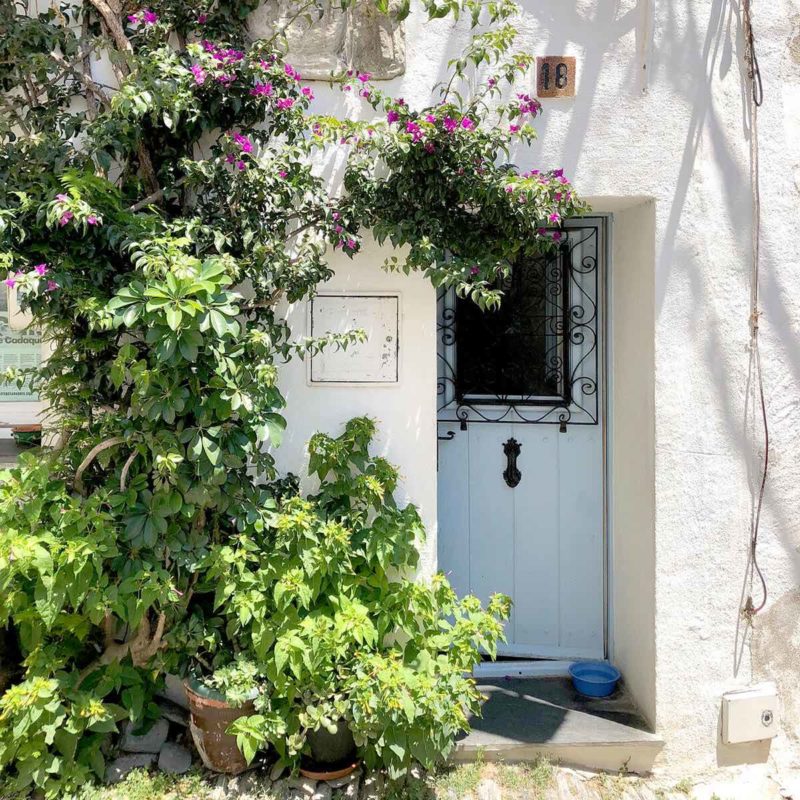What Is Legal Non-Conforming Use?
A legal non-conforming use is a use that was allowed under the previous zoning regulations or at the time the property was built. Although it doesn’t conform to the current or new zoning regulations, it can remain for its continued use.
Also known as a grandfather clause, grandfathered use, or grandfathered in where the current property use can be maintained. This is because zoning bylaws can’t be applied retroactively. A non-conforming use must be permitted to continue after the effective date of a zoning ordinance. It’s important to note that legal non-conforming structures aren’t illegal structures, they are allowed to continue as is.

Who Decides The Legal Use of A Property?
Municipalities generally control property development and permitted use through zoning restrictions and bylaws. And there’s a good reason for this. You wouldn’t want to purchase a single-family home in a residential area and then a year later find out that Amazon, for example, will be setting up their warehouse next door. Zoning bylaws help control the density of neighbourhoods by keeping residential neighbourhoods separate from large industrial or commercial areas.
In Canada, a legal non-conforming use runs with the land and not with the property owner, which means that the non-conforming use benefits the property owner since they can continue to use the land as it is subject to some restrictions.
In older cities or areas with new development, you can see more mixed-use properties as new zoning bylaws differ from the old zoning and land use. Some properties may be strictly for residential use, while others may allow commercial activities, or there could be some overlap in parts of a town or city.

Zoning affects how an owner can legally use his or her property which, in turn, is why zoning affects property values. Zoning is the municipality’s tool for regulating development, use of land, determining lot size and shape, and the style of homes in a neighbourhood.
What Are Some Restrictions With Non-Conforming Use?
To add or alter structures on a nonconforming property, you may need to obtain a variance permit from your municipality, as there may be local restrictions to what you can do with a non-conforming structure.
Legal nonconforming use structures may lose their legal status if they are fully or substantially destroyed by a fire, another natural cause or torn down. Any newly built structure must comply with the current zoning regulations if the home is significantly damaged.
A property may also lose its legal status if the non-conforming use is discontinued for a set amount of time. In some cases, if the use hasn’t continued for a certain time period, like more than six months, then the non-conforming use may no longer be permitted.
Home Buyers and Real Estate Investors
Overall, a legal non-conforming use of the property doesn’t abide by current zoning laws, but the existing use is allowed subject to local restrictions. Property investors should check with land use restrictions to ensure they can use the property as they intend to use it.
For instance, if a home buyer is purchasing a home and wants to use part of it to run their business because it is currently allowed under a legal, non-conforming use, they should confirm that they will be allowed to operate a business out of their home. If you are unsure, it’s best to talk to your real estate agent or municipality and, in some cases, obtain legal advice.
Seller's Checklist
Buyer's Checklist
Property Comparison
Instantly Get all 3 Free templates when you sign up!
*Disclaimer: The topics of discussion, content and resources on this website are general information that may not be the right solution or advice for you specifically. Not intended to solicit buyers or sellers currently under contract with a brokerage.
Privacy Policy
*Stock images from Social Squares
General Disclaimer
THIS WEBSITE IS A PARTICIPANT IN THE AMAZON SERVICES LLC ASSOCIATES PROGRAM, AN AFFILIATE ADVERTISING PROGRAM DESIGNED TO PROVIDE A MEANS FOR SITES TO EARN ADVERTISING FEES BY ADVERTISING AND LINKING TO AMAZON.CA.
Google Web Stories
(250) 589-8129
ria@mavrikoscollective.com
ADD A COMMENT
November 30, 2022